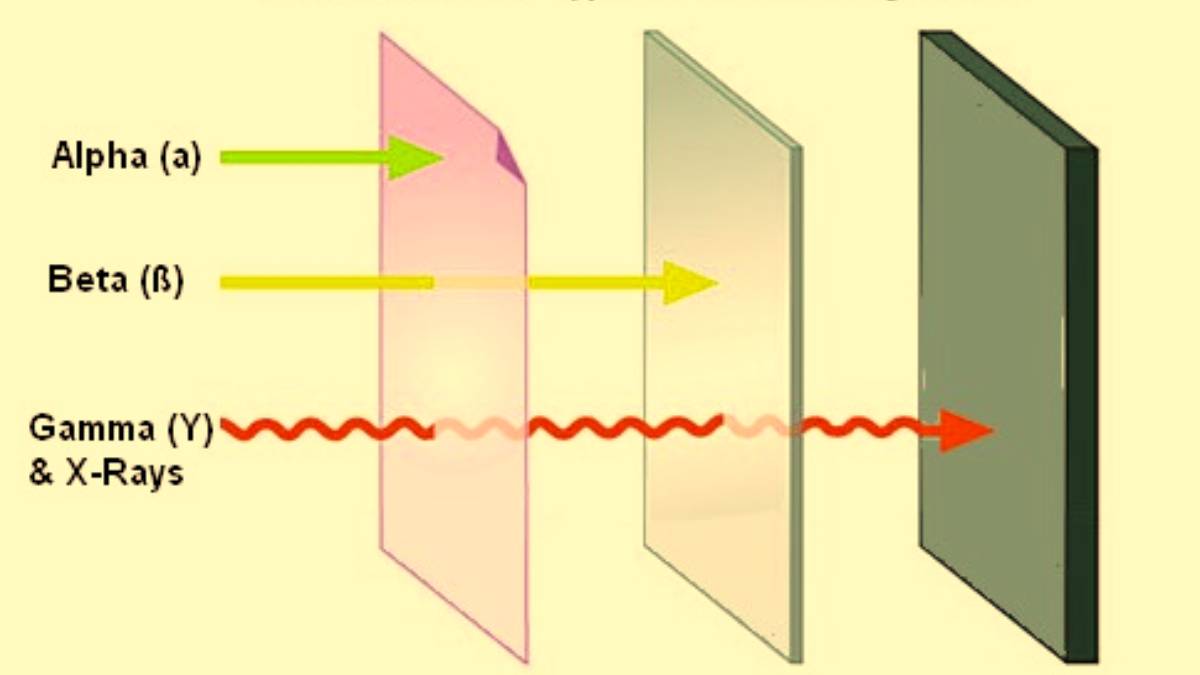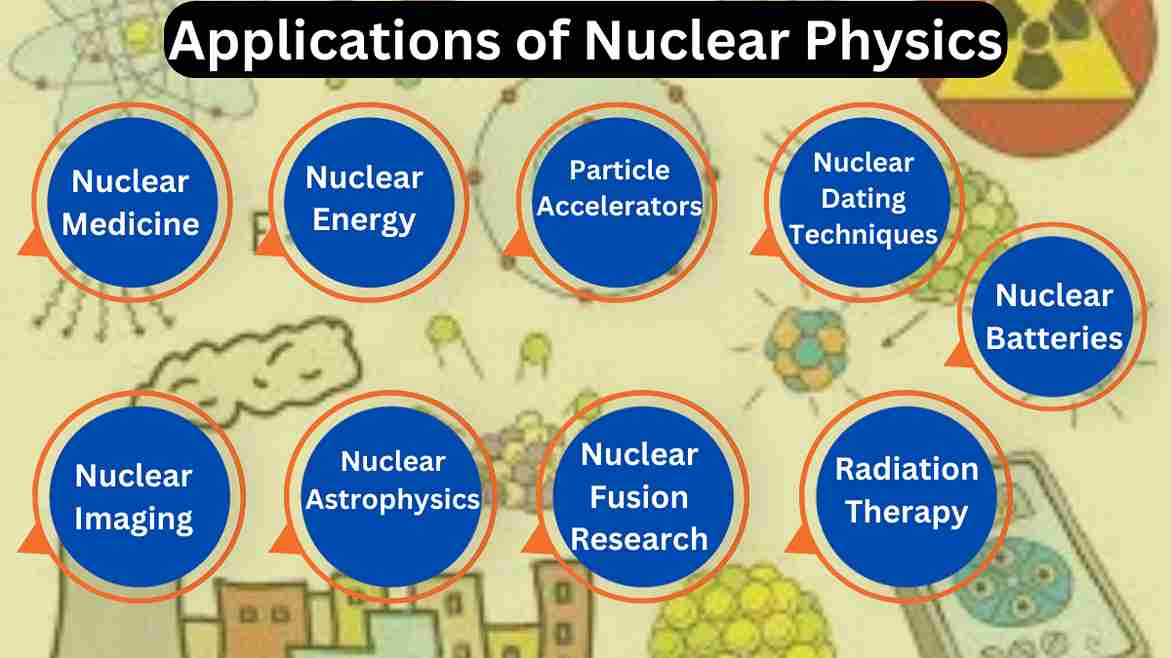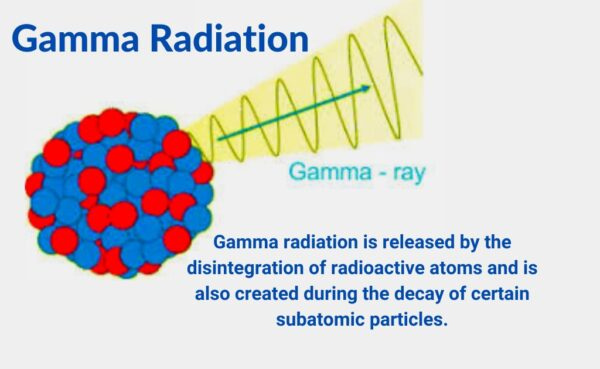Radiations-Definition, Types, And Examples
Radiations come from a source and travel through space at the speed of light. This energy has an electric field and a magnetic field and has wave-like properties. Radiation could also be referred to as “electromagnetic waves“.
What are Radiations?
We know that the sun’s rays can be received in the form of radiation. A form of energy that travels as waves or particles is called radiation.

There are a lot of different types of energy around the world. Uses of radiation in medicine, agriculture, scientific research, and industries have expanded tremendously. Radioisotopes of many elements can be made easily by, bombardment with neutrons and other particles. But The biological effect of radiation exposure may cause somatic damage or genetic damage.
In physics, radiation is the emission or transmission of energy in the form of waves or particles through space or into a material medium.
There are different types of radiation, such as radio waves, microwaves, visible light, ultraviolet, x-rays, and alpha radiation. These radiations are detected by radiations detectors. Geiger Muller tube and Wilson Cloud Chamber are common radiation detectors.

Types of Radiations
Depending on the energy of the particles, radiations are categorized into two different types.
Ionizing Radiations
Ionizing Radiation has more than 10 eV, which is enough to ionize atoms and break chemical bonds.
Most ionizing radiation comes from radioactive materials and space, which is naturally present in the environment since most rocks and soil have small concentrations of radioactive materials. Radiation exposure is defined as a measure of the ionization of air due to ionizing radiation.
Since this radiation is invisible and not detected by human senses, instruments such as Geiger counters are required to detect its presence. It could lead to secondary emission of visible light upon its interaction with matter, as in the case of Cherenkov radiation and radio-luminescence.
Non-ionizing Radiation
Ionizing radiation consists of microwave radiation and radio waves, whereas non-ionizing radiation consists of alpha particles, alpha particles, and alpha particles.
When particles of non-ionizing radiation pass through matter, they don’t have enough energy to produce charged ions. The associated particles have only enough energy to change the rotational, vibrational, or electronic configurations of the molecule or atom. The effects of non-ionizing forms of radiation on living tissue have only recently been studied. Even “non-ionizing” radiation is capable of causing thermal-ionization if it deposits enough heat to raise temperatures. These reactions occur at much higher energies than with ionizing radiation, which only requires single particles to cause ionization.
A common example of thermal ionization is the flame-ionization of a fire and the browning reactions in food items that are caused by the heat of a grill. The spectrum of an object is the characteristic distribution of the radiation that is emitted by that object.
The non-ionizing portion of the radiation consists of waves that are not energetic enough to remove electrons from atoms or Molecules and hence cause their ionization. Radio waves, microwaves, and ( sometimes) visible light are included.
It is technically not ionizing if the lower frequencies of ultraviolet light cause various chemical changes and damage similar to ionization. Ionizing occurs when the highest frequencies of ultraviolet light, as well as all X-rays and gamma-rays, are used.
Cosmic radiations
There are two sources of high-energy particles entering the Earth’s atmosphere: the sun and deep space. The sun continuously emits particles, mostly free protons, in the solar wind, and occasionally enhances the flow with coronal mass ejections. The particles from deep space have higher energies and are less frequent. The particles are mostly protons, with some of the rest consisting of helions.
There are some completely ionized nuclei of heavy elements present. The origin of these Cosmic rays is not well understood, but they appear to be remnants of supernovae, which feature magnetic fields capable of the huge accelerations measured from these particles. They may be generated by quasars, which are similar to GRBs but larger in size, and which seem to have been a violent part of the universe’s early history.







Leave a Reply